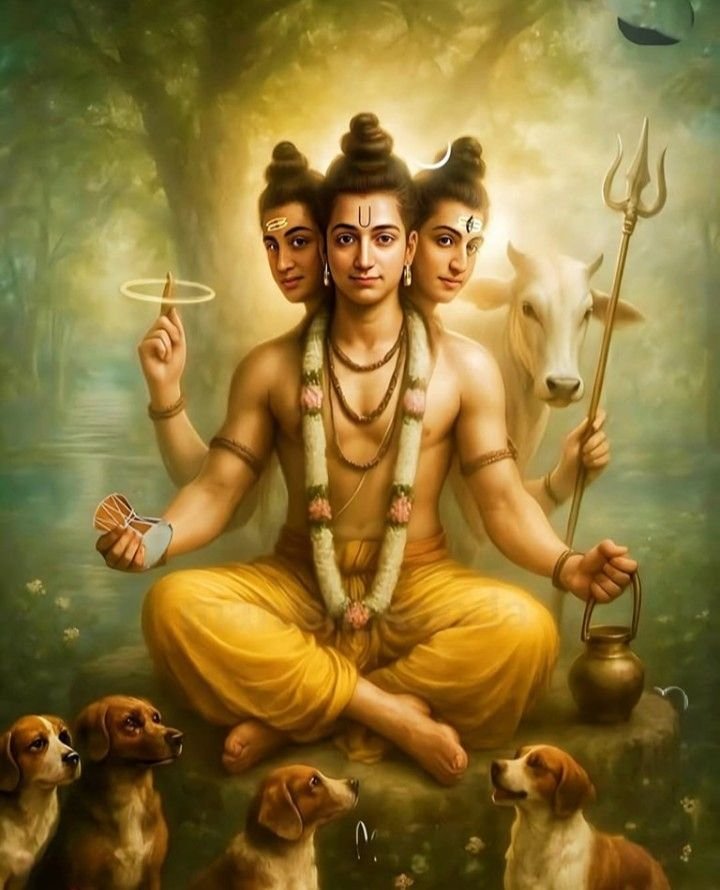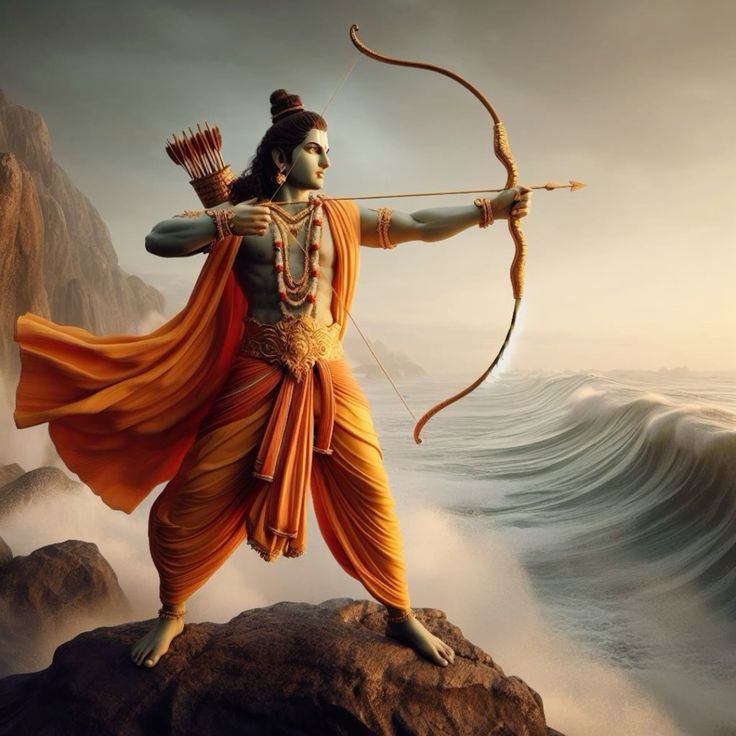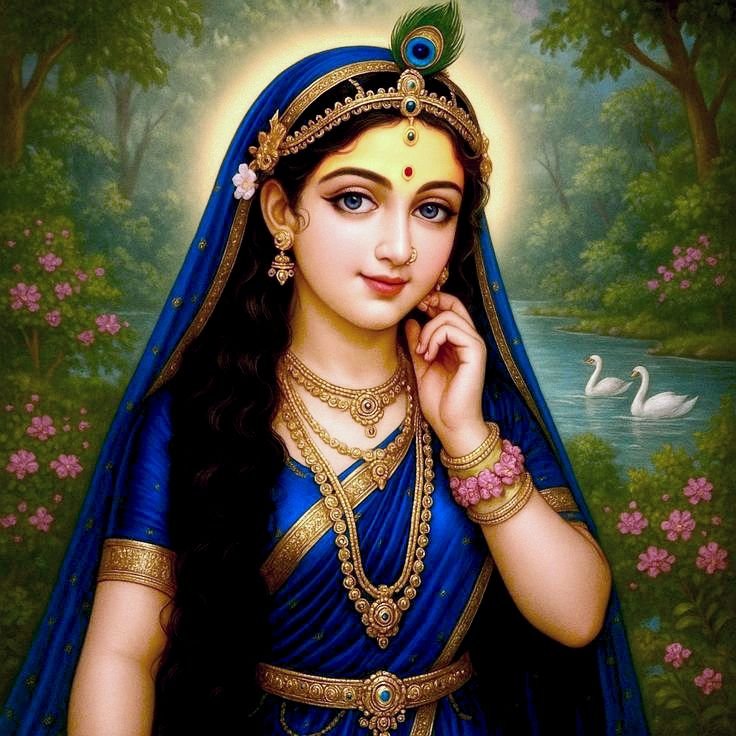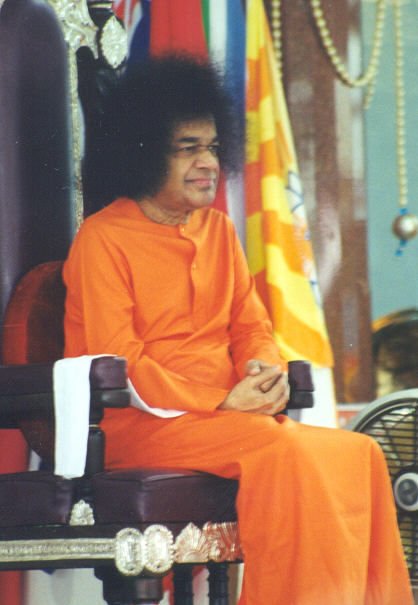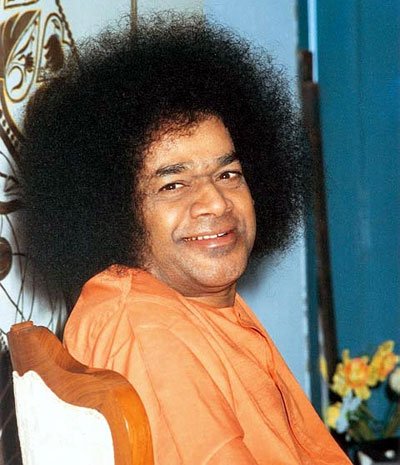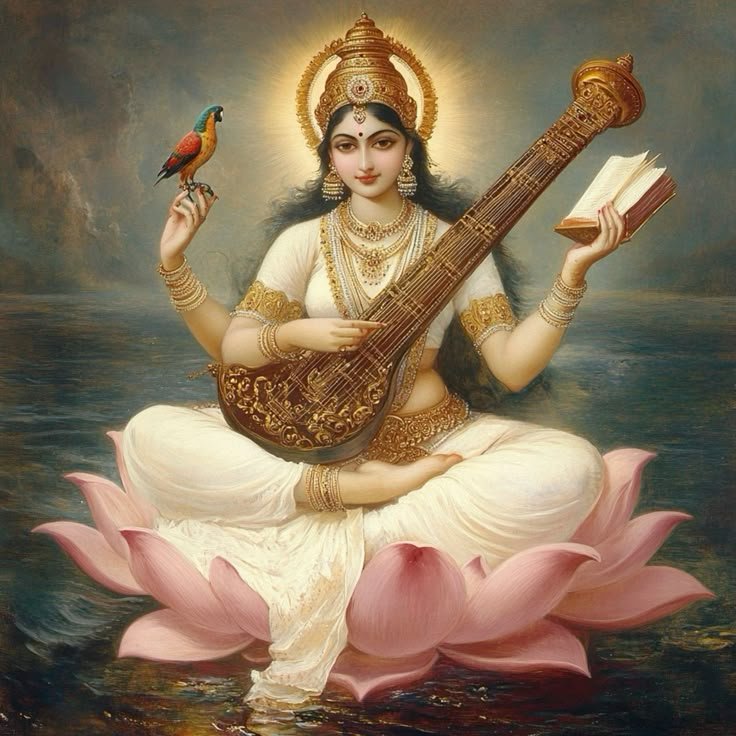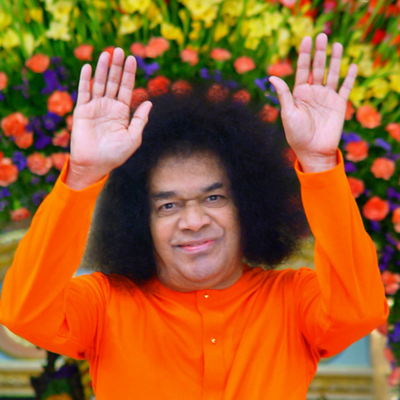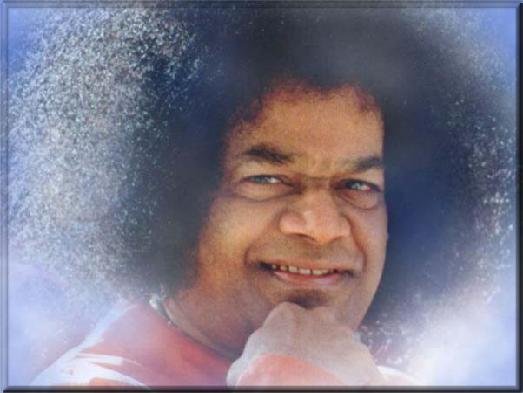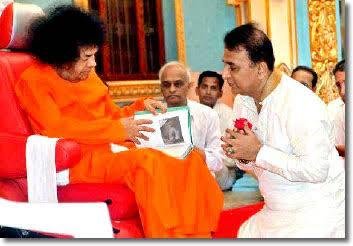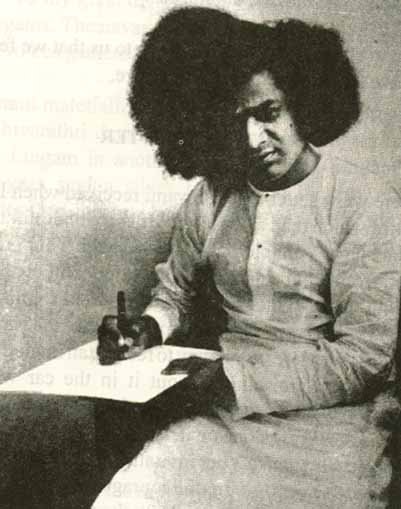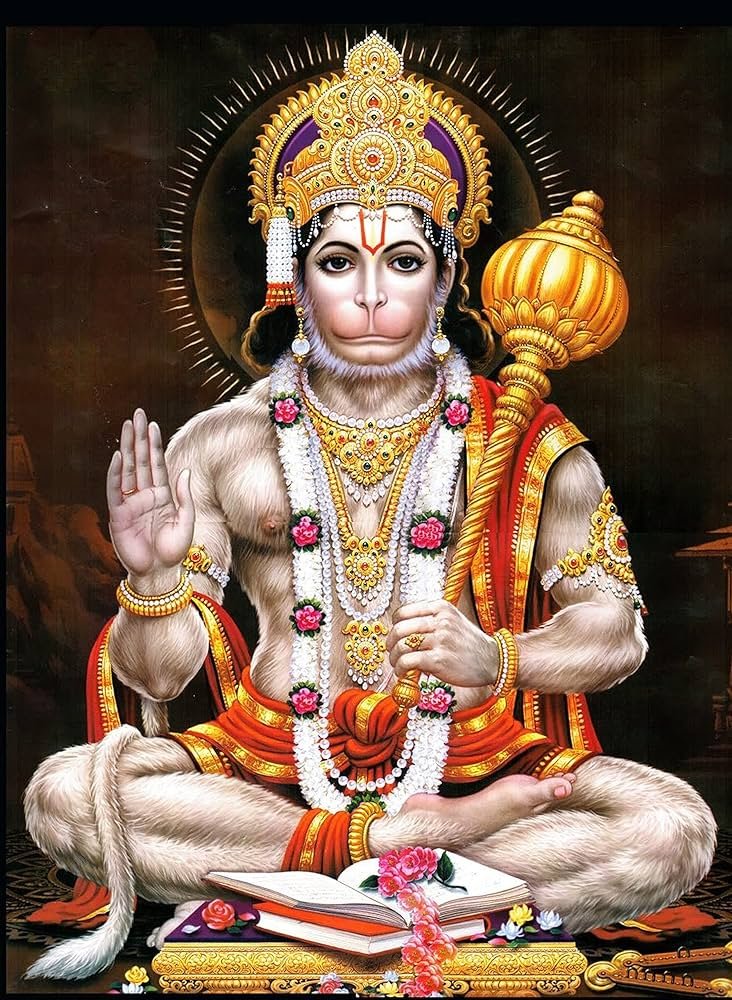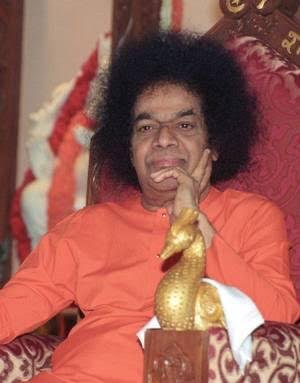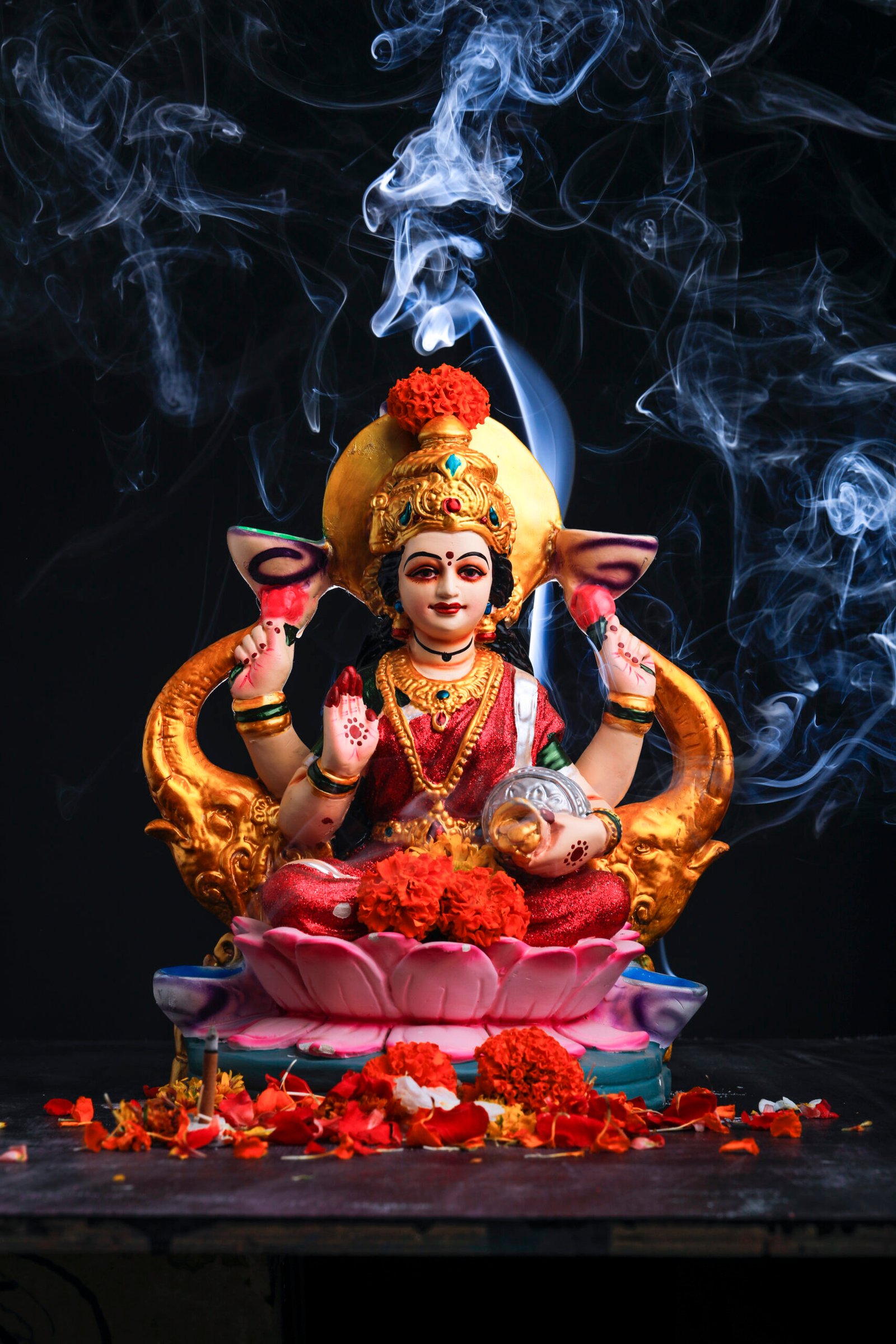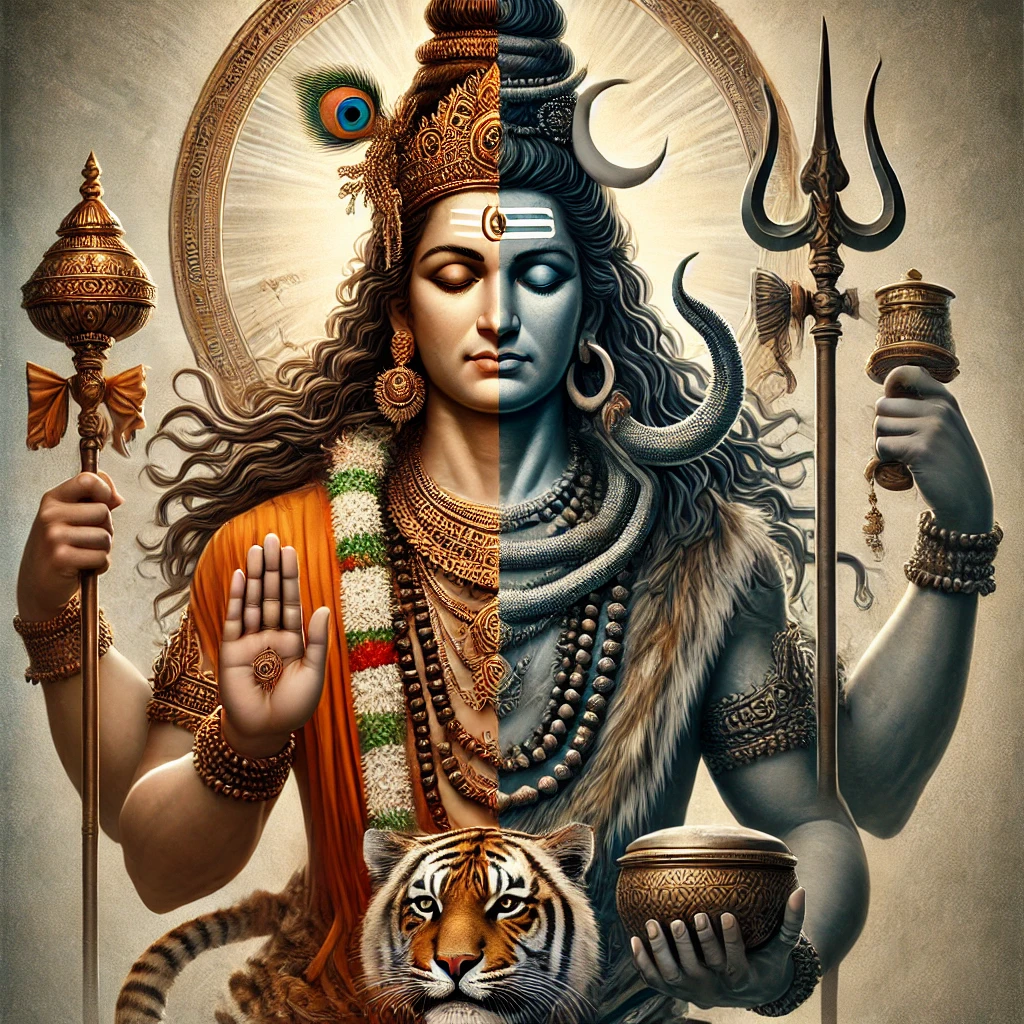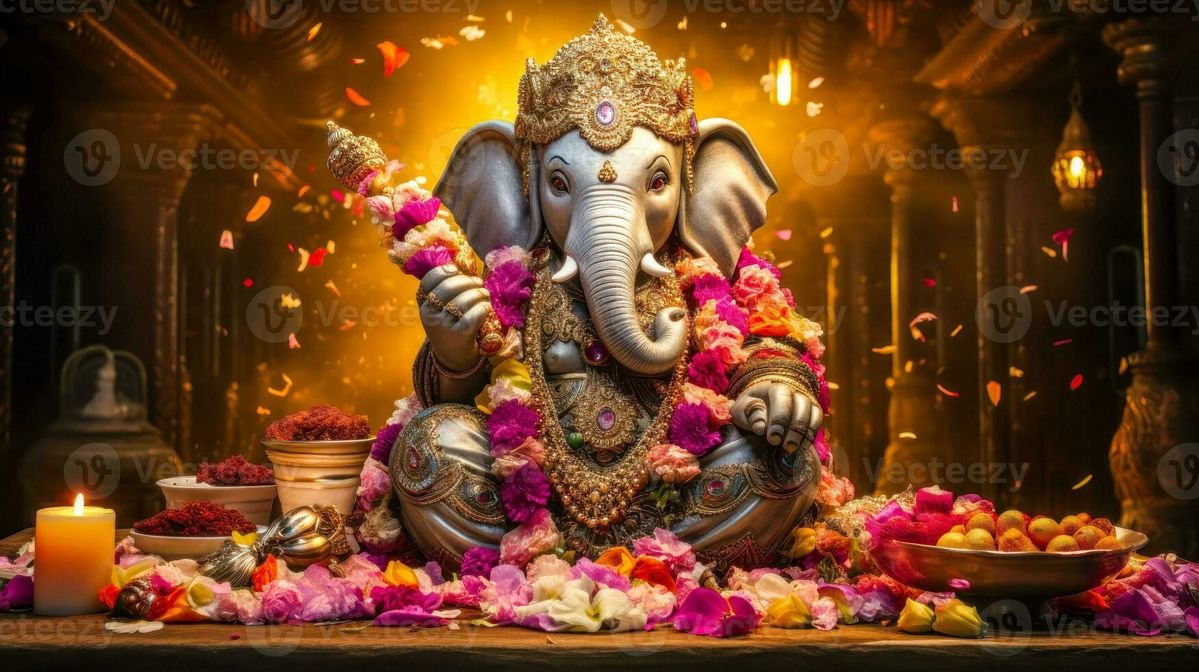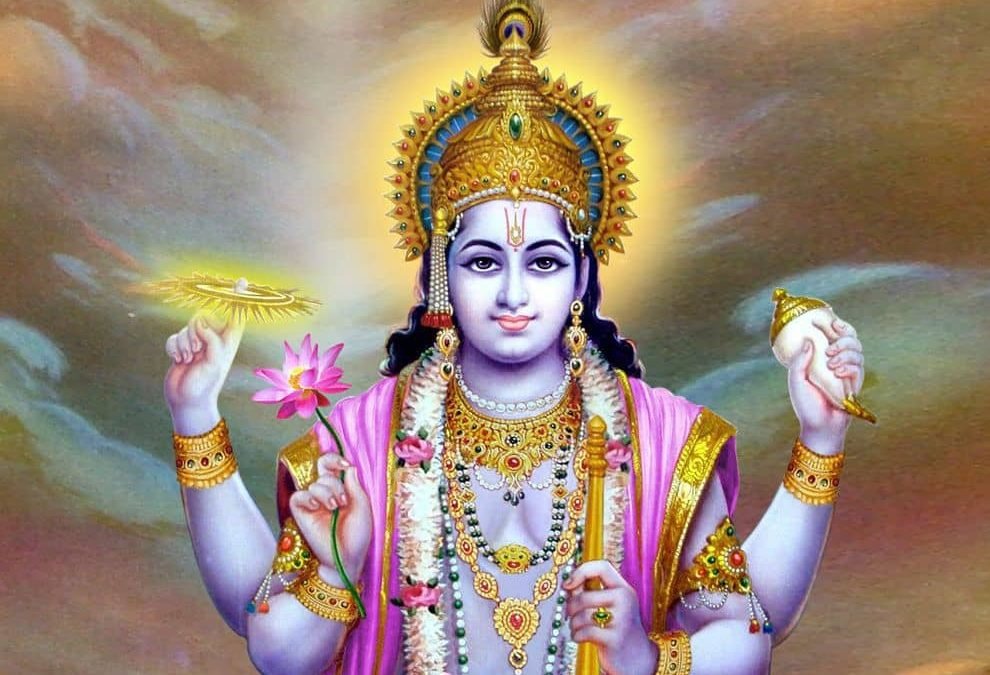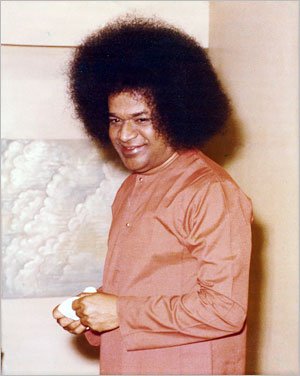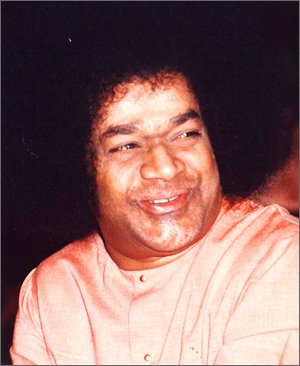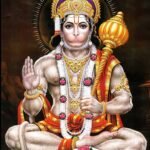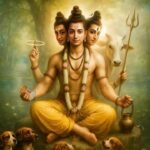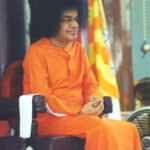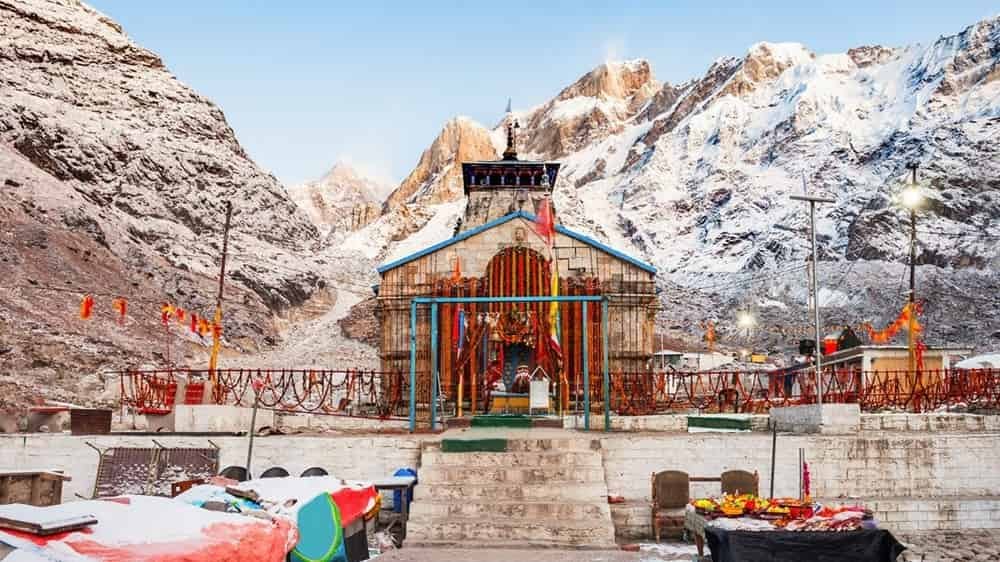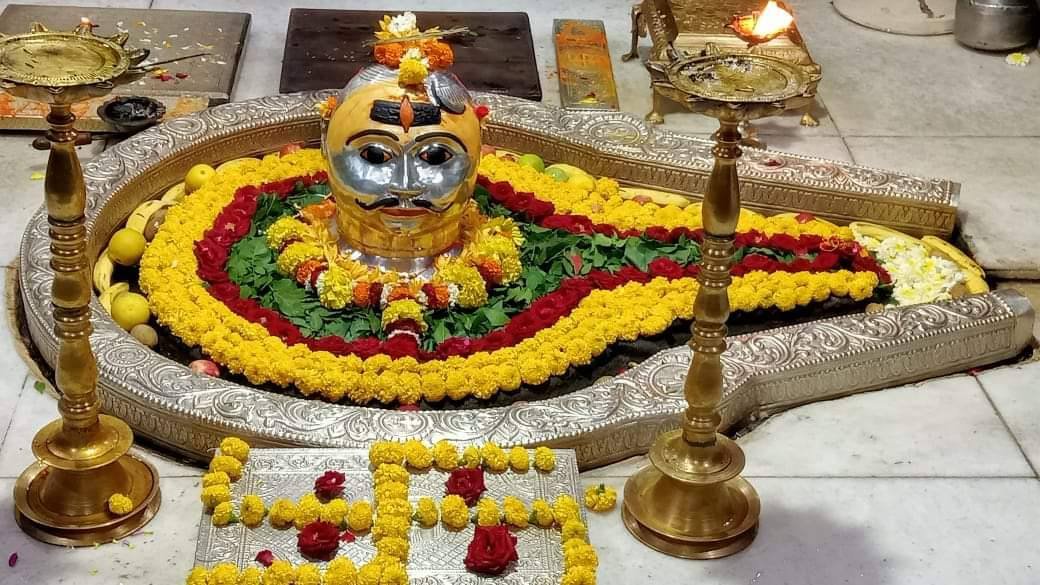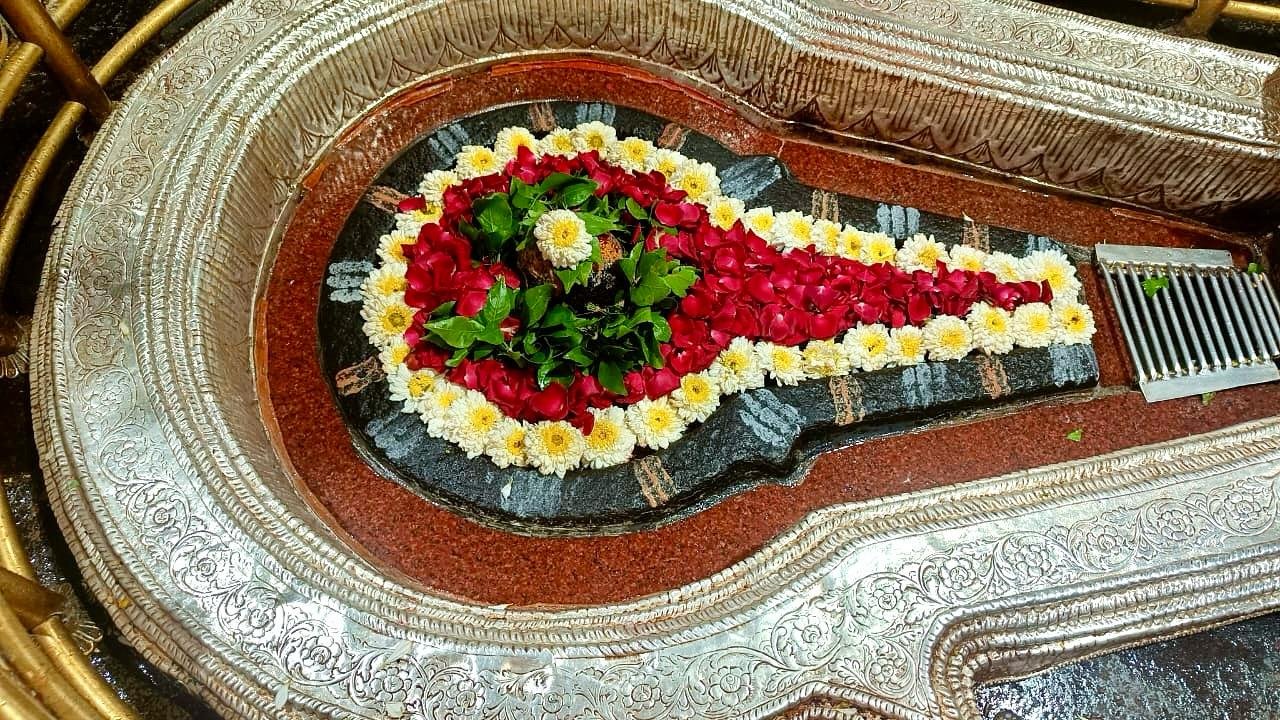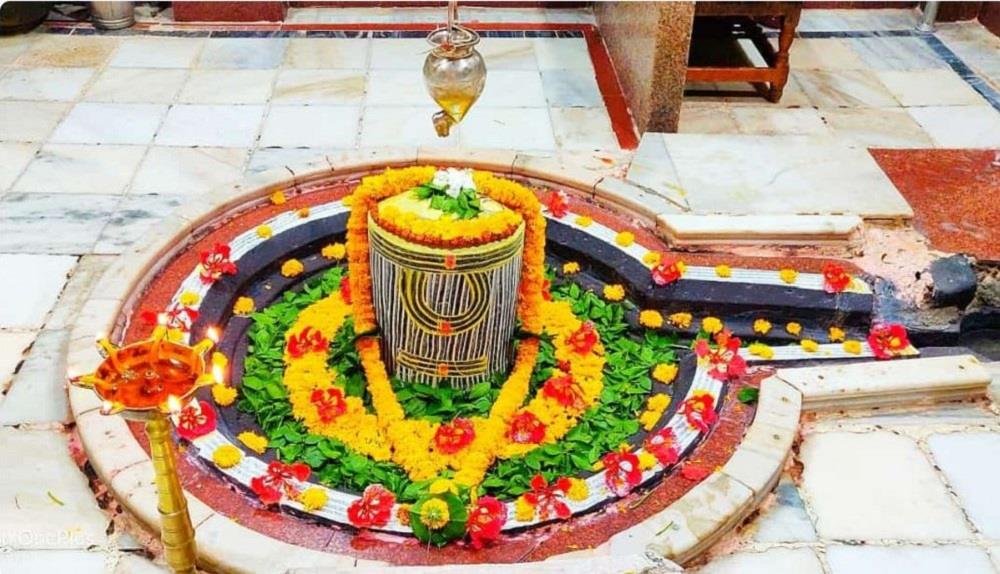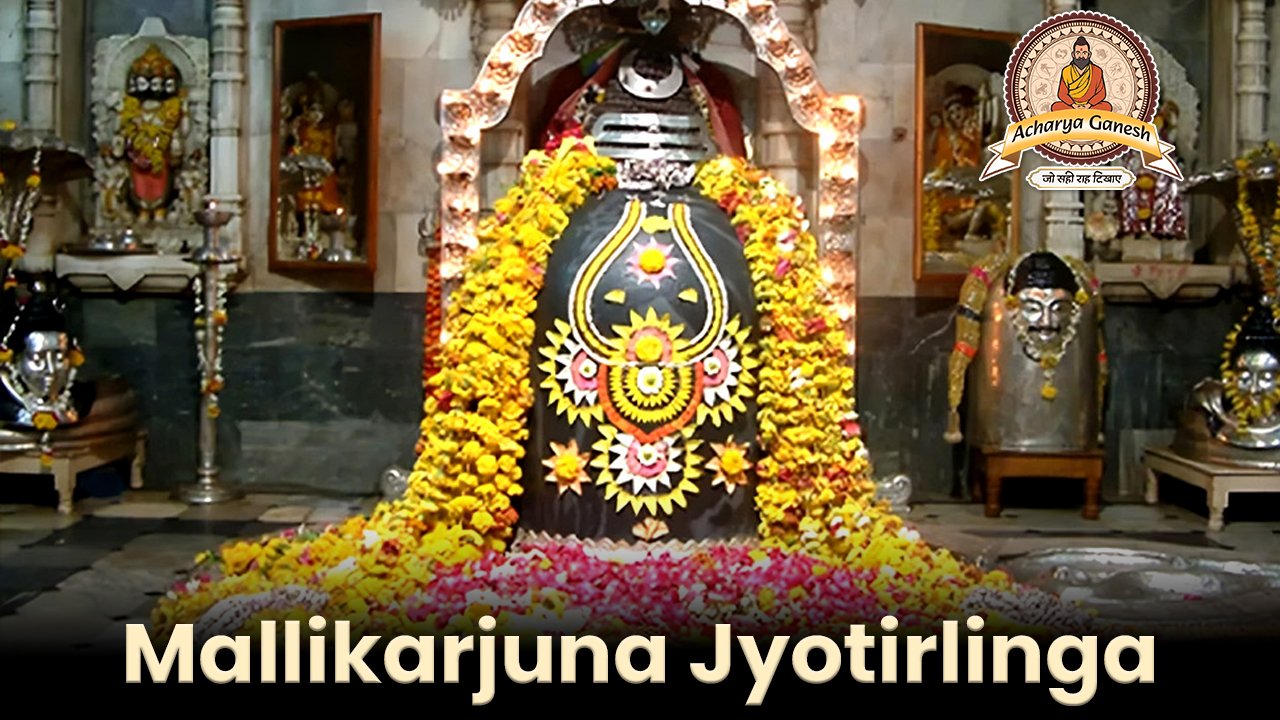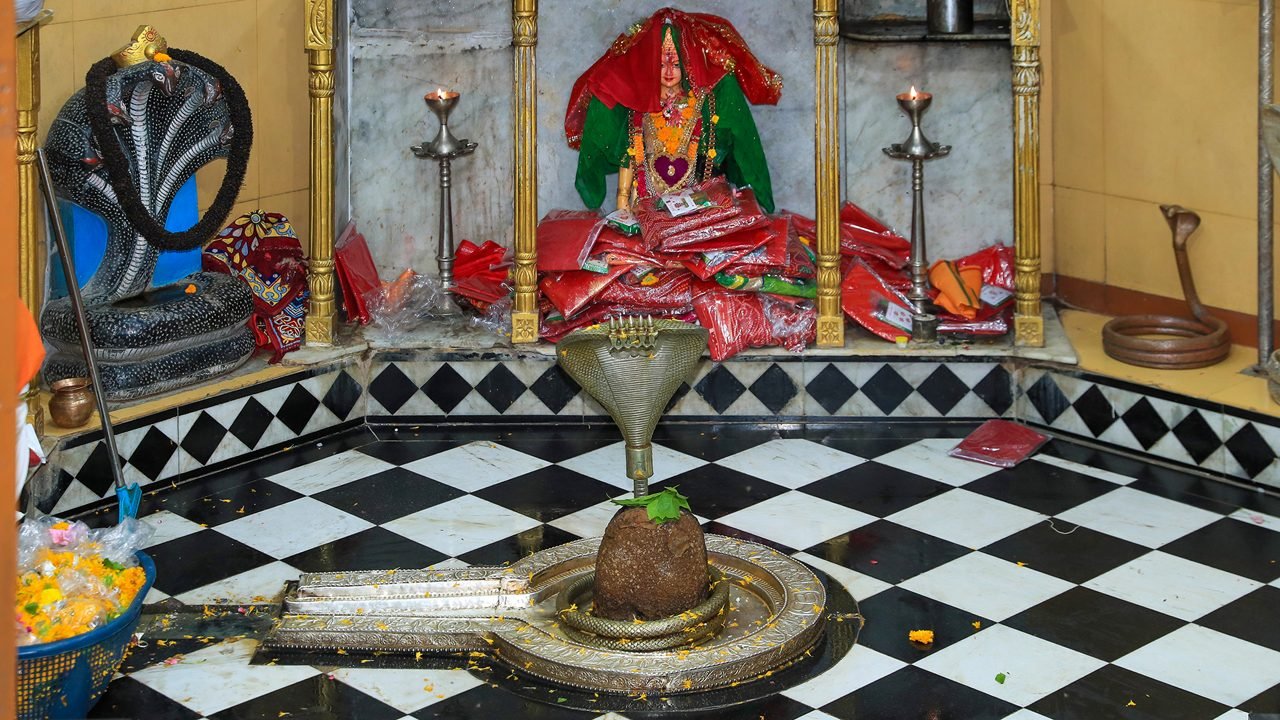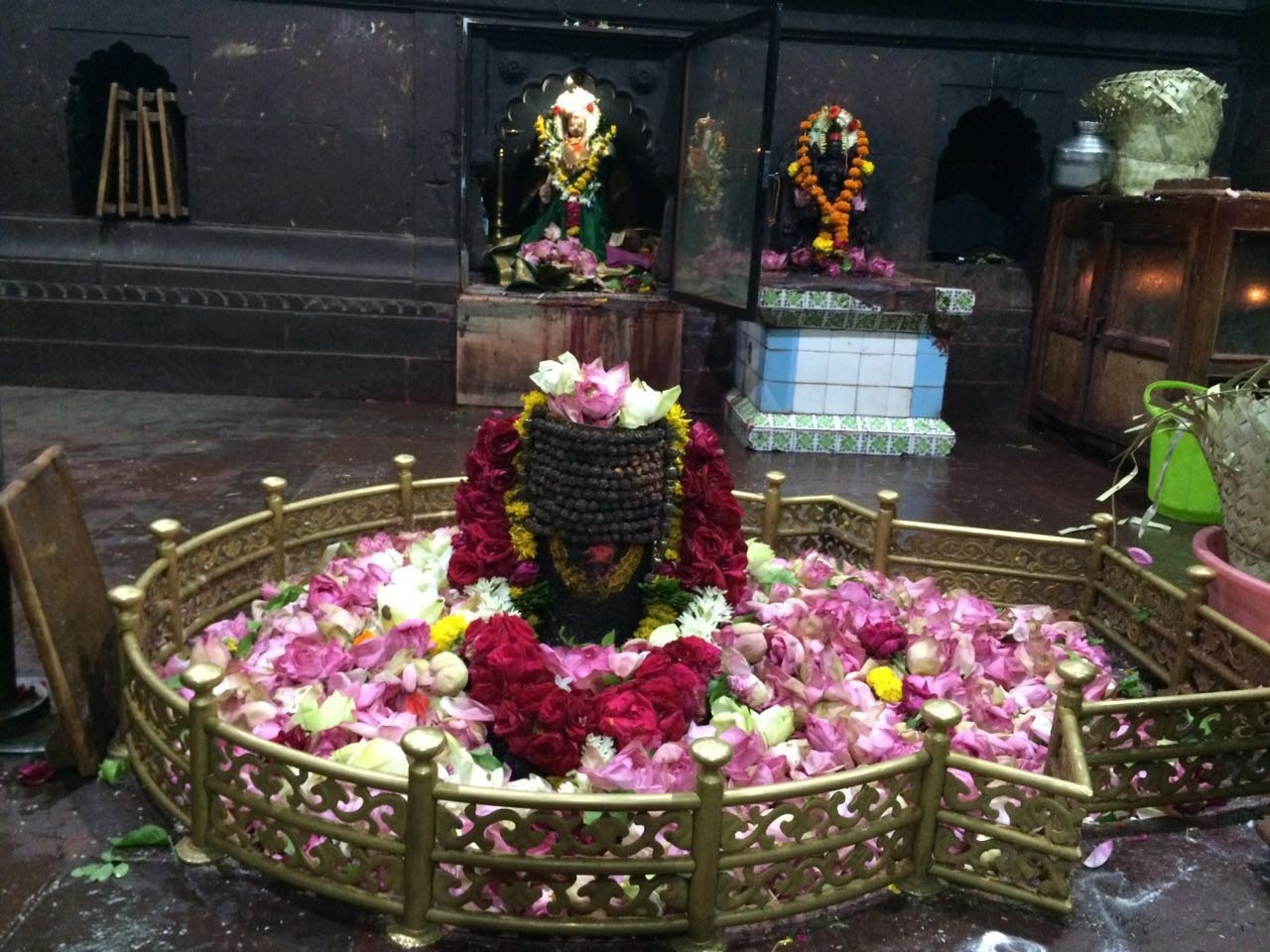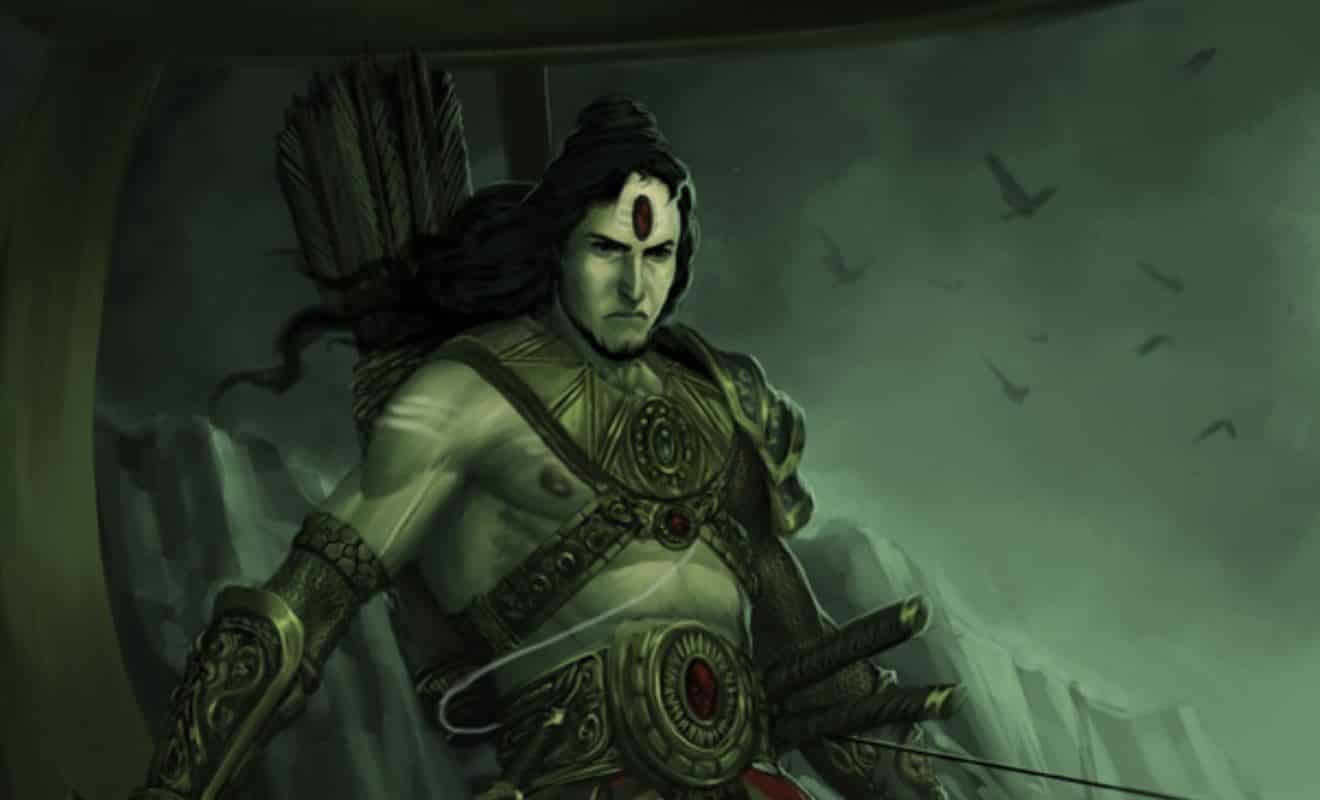
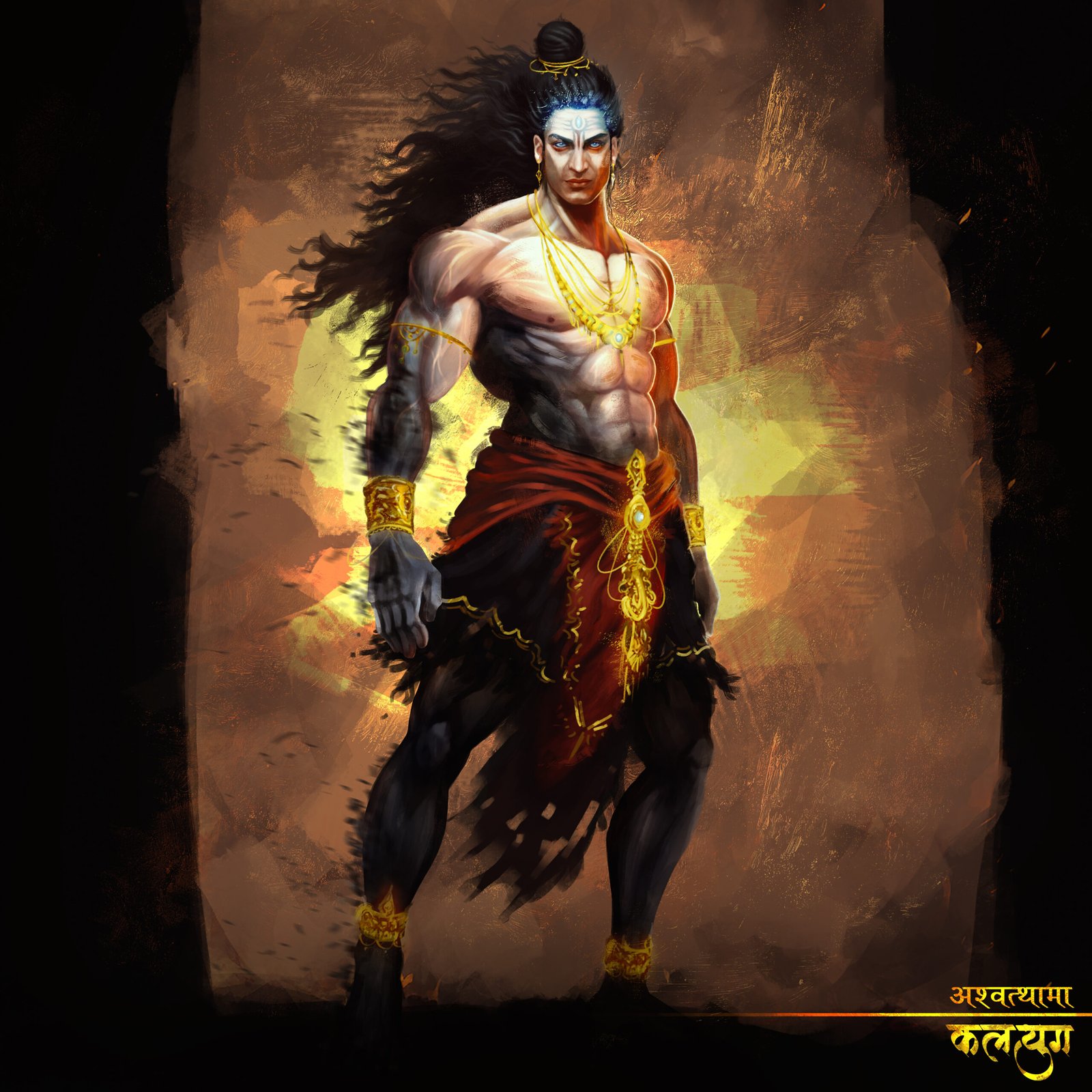
However, in some traditions, Ashwatthama is also connected to Lord Shiva as an avatar or manifestation, specifically when Shiva took the form of Ashwatthama to destroy evil forces and teach the importance of righteousness. The Ashwatthama Avatar showcases the blend of divine power, curse, and redemption.
Mythological Significance of Ashwatthama Avatar
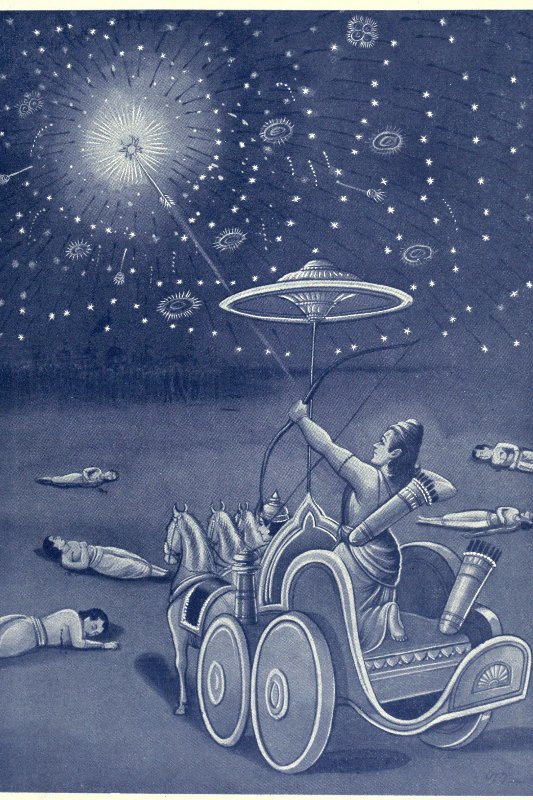
The mythological story of Ashwatthama is mostly centered around his role in the Mahabharata. After the end of the Kurukshetra war, Ashwatthama, fueled by anger and thirst for vengeance, commits a heinous act by killing the sleeping sons of the Pandavas, hoping to eliminate the Kuru lineage.
As a punishment for his crime, he is cursed by Lord Krishna to roam the earth for eternity, suffering from the torment of his sins. The curse symbolizes the consequences of pride and the importance of understanding dharma (righteousness). Ashwatthama’s story represents the tragic consequences of actions that go against the laws of dharma.
In the context of Ashwatthama Avatar of Lord Shiva, it is believed that Lord Shiva took the form of Ashwatthama in the aftermath of the war to show the divine will behind karma and justice. While Ashwatthama as a mortal is trapped in his curse, Lord Shiva’s connection to him represents the embodiment of divine power, justice, and redemption.
Symbolism of Ashwatthama Avatar
The Ashwatthama Avatar of Lord Shiva symbolizes several deeper aspects:
Role of Teacher and Protector: As a warrior and a student of Dronacharya, Ashwatthama represents knowledge and power. Shiva’s connection to this avatar also emphasizes the role of the divine as a protector and teacher of wisdom.
Divine Justice: Ashwatthama’s curse, in a way, reflects Lord Shiva’s role as the dispenser of justice. While Ashwatthama himself is punished for his actions, the avatar of Lord Shiva embodies the balance between divine will and karmic consequences.
Power of Vengeance and Redemption: Ashwatthama’s story illustrates the destructive power of vengeance. Lord Shiva, by taking the form of Ashwatthama, shows the fine line between retribution and the need for spiritual redemption.
Immortality and Suffering: Ashwatthama’s curse to live for eternity, bearing the consequences of his actions, mirrors the suffering of being disconnected from divine grace. Shiva’s avatar symbolizes the eternal nature of the soul and the suffering that results from going against divine laws.
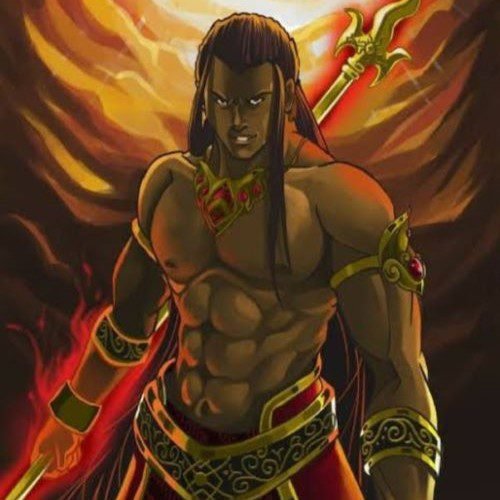
Worship of Ashwatthama Avatar
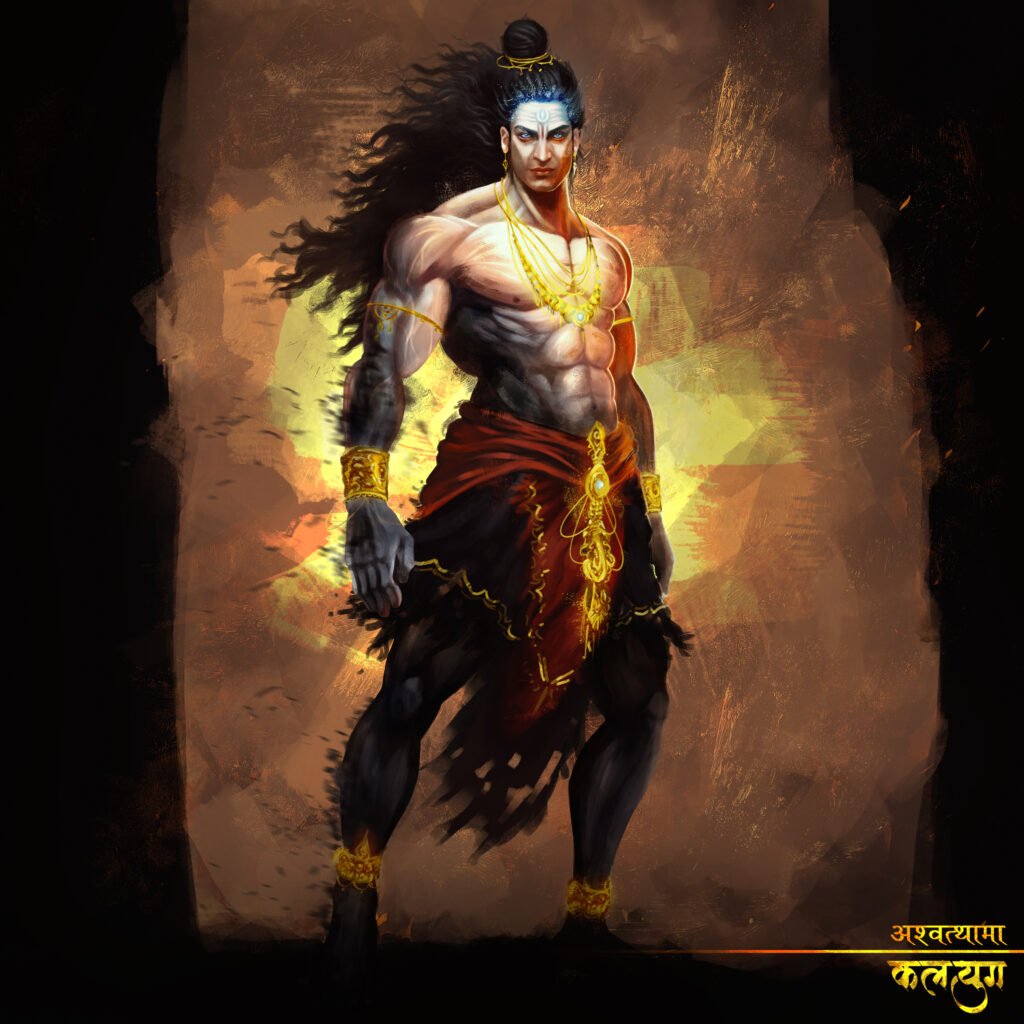
The worship of Ashwatthama Avatar is not as prevalent as other forms of Lord Shiva. However, some traditions consider Ashwatthama’s role in the Mahabharata as a reminder of the consequences of bad actions and the importance of seeking divine forgiveness.
People who seek protection from the consequences of their actions, or those who are involved in justice or karmic-based rituals, sometimes invoke the Ashwatthama form of Shiva. It is also believed that worshipping Lord Shiva in the form of Ashwatthama helps in cleansing one’s karmic burdens and seeking redemption.
The Ashwatthama Mantra is sometimes recited for protection from enemies, harm, and to overcome challenges that seem unmanageable.
Mantras of the Divine Avatar
ॐ अश्वत्थमाय नमः।
ॐ ह्लीं ह्लीं ह्लीं अश्वत्थमाय स्वाहा।
Om, I bow to Ashwatthama,
Om Hleem Hleem Hleem, salutations to Ashwatthama.
Aarti of the Divine Avatar
ॐ जय अश्वत्थमाय महाक्रूराय
धर्म के रक्षक महाप्रभु।
शिव रूप में अवतार लिया
शक्ति के साथ न्याय को स्थापित किया॥
धन्य हैं भक्त जो अश्वत्थमाय के रूप में
शिव की पूजा करते हैं और पाते हैं शक्ति।
धर्म की रक्षार्थ अश्वत्थमाय का रूप लिया
जो निष्ठा से सत्य का पालन करते हैं॥
अश्वत्थमाय की महिमा को समझो
जो हमें धर्म, शक्ति और न्याय का पाठ सिखाते हैं।
शिव के रूप में उन्होंने दिया संसार को
धर्म का संदेश और सत्य का पालन॥

